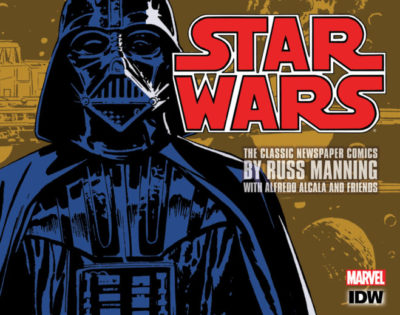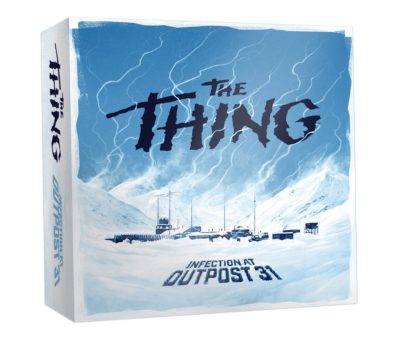Stories about lost and unknown civilizations used to be told via the fantasy genera with tales by the likes of Robert E. Howard with Conan the Barbarian who was always uncovering tombs that contained ancient, forbidden knowledge or Kull who was from the lost kingdom of Atlantis to name a scant few. But in the modern era when it seems* as if every corner of the Earth’s been explored and there’s not a lot of chances anyone’s going to uncover a hidden temple out in the steppes of Mongolia anytime soon, stories of unknown civilizations have moved from fantasy to science fiction. One of the latest stories to deal with an unknown civilization is the book trilogy/new film Annihilation.
 In Annihilation, something happened, no one’s quite sure what, that caused a small coastal village to be surrounded by a barrier that made weird things to occur to everything inside. People vanished, animals mutated and buildings appeared out of nowhere. Now dubbed “Area X,” teams of scientists have been sent in to study it, but few have ever come back and the ones who have seem to be different. Like they might be duplicates with the originals stranded inside.
In Annihilation, something happened, no one’s quite sure what, that caused a small coastal village to be surrounded by a barrier that made weird things to occur to everything inside. People vanished, animals mutated and buildings appeared out of nowhere. Now dubbed “Area X,” teams of scientists have been sent in to study it, but few have ever come back and the ones who have seem to be different. Like they might be duplicates with the originals stranded inside.
The first Annihilation novel is brilliant. Told in first-person perspective by a character only known as “the biologist,” we experience “Area X” as the characters of the novel experience it at the same time.
But Annihilation isn’t the only sci-fi story about people trying to understand the unknown.
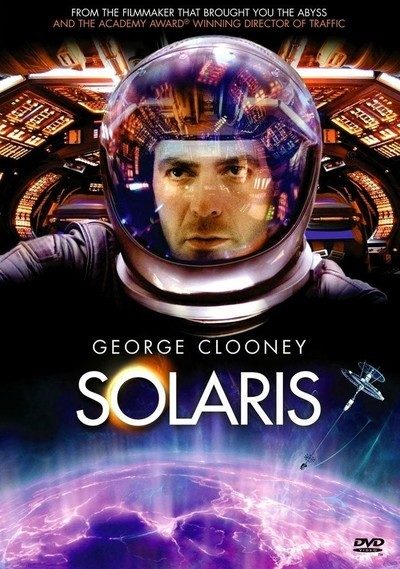 The most famous of these kinds of stories has got to be Solaris by Stanisław Lem. Lem’s novel deals with a group of scientists studying the ocean-covered planet “Solaris” that isn’t an ordinary planet, it’s somehow able to do things like change its orbit and create artificial clouds and animals from its surface seemingly out of nowhere. As the scientists study Solaris they come to the stark conclusion that the planet is probably a gigantic living organism with a massive, alien intelligence, and that as they study the Solaris, Solaris is also studying them.
The most famous of these kinds of stories has got to be Solaris by Stanisław Lem. Lem’s novel deals with a group of scientists studying the ocean-covered planet “Solaris” that isn’t an ordinary planet, it’s somehow able to do things like change its orbit and create artificial clouds and animals from its surface seemingly out of nowhere. As the scientists study Solaris they come to the stark conclusion that the planet is probably a gigantic living organism with a massive, alien intelligence, and that as they study the Solaris, Solaris is also studying them.
Solaris was turned into two films of the same name, one in 1972 and one in 2002. The 2002 movie directed by Steven Soderbergh is wonderful but I’ve never been able to make it through the long, and ponderous 1972 one.
Just a few years ago the movie Prometheus (2012) focused on a group of scientists traveling to a far-off part of the galaxy and finding an ancient tomb of sorts that was built by a highly advanced alien species. And because these scientists entered this tomb and broke some ancient seals, ala the Egyptian tomb explorers of the 1920s, rather than unleashing a curse they unleash a science experiment gone awry eons ago that attacks their expedition.
What Annihilation owes most to is the 1971 novel Roadside Picnic by Arkady and Boris Strugatsky. A few years before the start of this novel what’s assumed to be aliens landed at several points around the globe and all left at the same time. Now, everywhere the aliens landed are treated as contaminated “zones” that are littered with strange, unknowable artifacts. Some of the artifacts are good like the batteries that never run out and some of the artifacts are bad like the slime that if touched causes a person’s bones to turn to mush.
 It’s theorized that all this alien “stuff” is actually their trash, akin to the garbage a family might leave behind in a meadow after a roadside picnic. And how the animals in the meadow wouldn’t know what to make of our garbage, we don’t know what to make of the alien trash either.
It’s theorized that all this alien “stuff” is actually their trash, akin to the garbage a family might leave behind in a meadow after a roadside picnic. And how the animals in the meadow wouldn’t know what to make of our garbage, we don’t know what to make of the alien trash either.
Much of Roadside Picnic deals with people who are called “stalkers” who go into these zones and steal things of value while trying to avoid all the things that can harm them. And one stalker in particular, Redrick “Red” Schuhart, is in search of a special artifact that grants wishes.
A film version of Annihilation, directed by Alex Garland (Ex-Machina, 28 Days Later) and starring Natalie Portman is due in theaters February, 23.
*It only seems that way, when in fact we probably know very little.
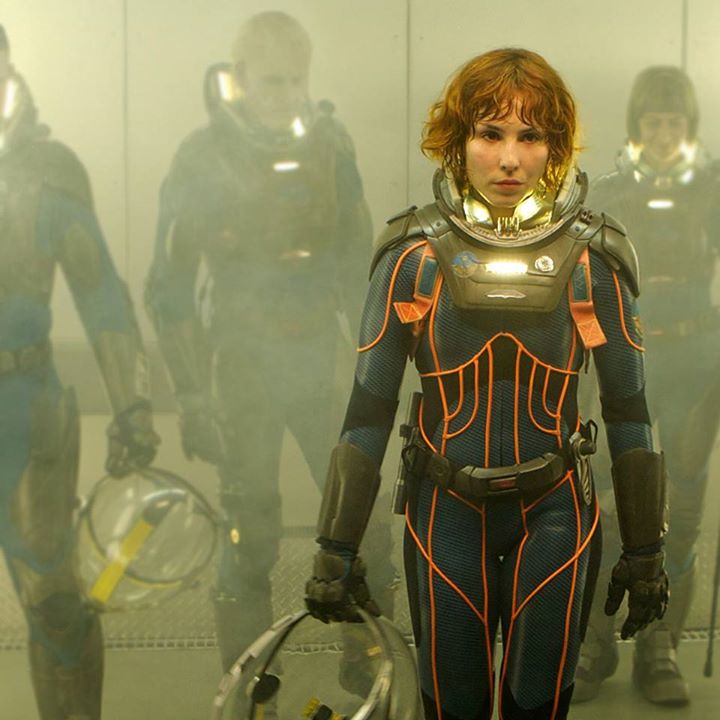
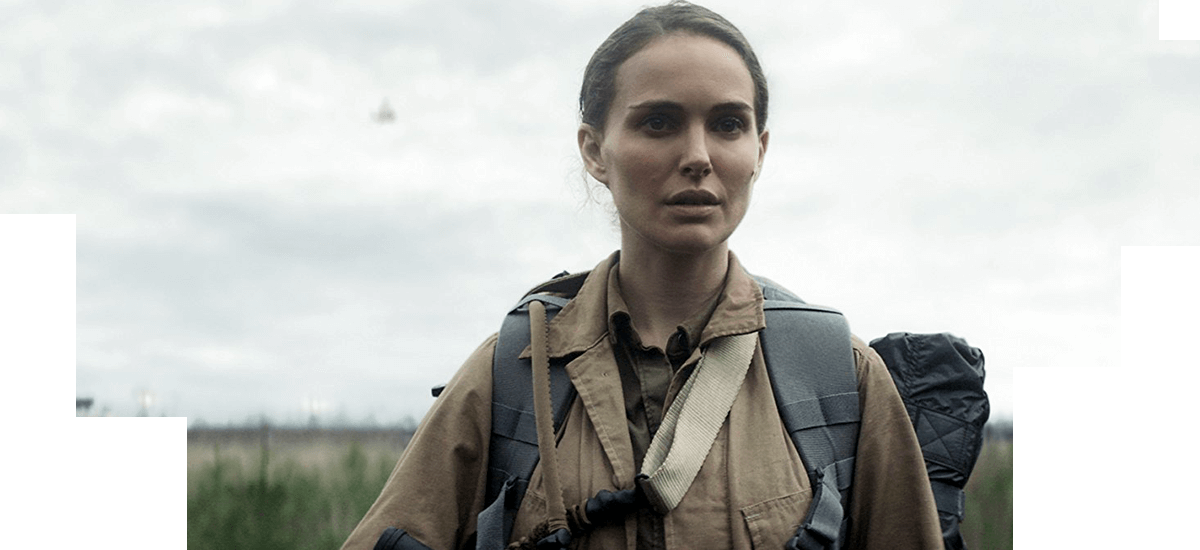


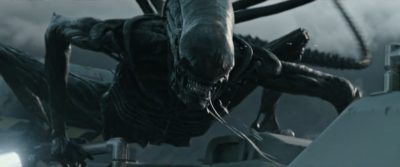 Because of all the negative comments I avoided seeing Prometheus in the theater and ended up renting it on digital at home several months later. But instead of hating the movie I came away loving it. To me, Prometheus is a near modern sci-fi masterpiece about what happens when a group of people go off looking for god but instead find something that’s not quite the the personification of evil, but does have bad intents on the human race. Since then, I’ve watched Prometheus several more times and each time I find something new to appreciate about it.
Because of all the negative comments I avoided seeing Prometheus in the theater and ended up renting it on digital at home several months later. But instead of hating the movie I came away loving it. To me, Prometheus is a near modern sci-fi masterpiece about what happens when a group of people go off looking for god but instead find something that’s not quite the the personification of evil, but does have bad intents on the human race. Since then, I’ve watched Prometheus several more times and each time I find something new to appreciate about it. Up until now the Alien movies, and even the Aliens vs. Predator movies too (which should never be spoken of), were all monster movies. Alien is about a monster that attacks the crew of a ship who must fight back and survive. Aliens is about a whole bunch of monsters that attacks a group of marines who must fight back and survive. Alien 3 is about a monster that attacks a group of prisoners who must fight back and survive. And Alien: Resurrection is about a couple of monsters who attacks some scientists and pirates who must fight back and survive.
Up until now the Alien movies, and even the Aliens vs. Predator movies too (which should never be spoken of), were all monster movies. Alien is about a monster that attacks the crew of a ship who must fight back and survive. Aliens is about a whole bunch of monsters that attacks a group of marines who must fight back and survive. Alien 3 is about a monster that attacks a group of prisoners who must fight back and survive. And Alien: Resurrection is about a couple of monsters who attacks some scientists and pirates who must fight back and survive. Prometheus is a horror movie that’s not really a monster movie though there are monsters in it. It’s almost a body-horror movie with characters being infected with something “icky” and being turned into some very weird things and another that has to have one of these things cut out of her. But for the most part, Prometheus is about exploration, and what happens when you assume the thing you’re looking for wants to be found when it really doesn’t.
Prometheus is a horror movie that’s not really a monster movie though there are monsters in it. It’s almost a body-horror movie with characters being infected with something “icky” and being turned into some very weird things and another that has to have one of these things cut out of her. But for the most part, Prometheus is about exploration, and what happens when you assume the thing you’re looking for wants to be found when it really doesn’t.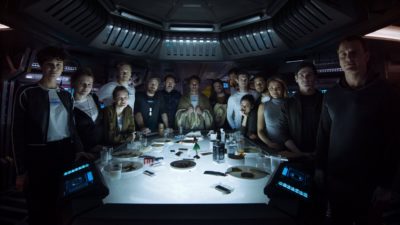 It sometimes seems like fans of a franchise get upset if sequels are exactly like the first movie and don’t do anything different, but they also don’t like it if the sequel is too different then the original and takes the franchise in a new direction. It’s a tightrope that the creators of movies like Prometheus must walk, and even if they get it right creatively like I think they did they can still be considered a failure in the eyes of the fans if the movie doesn’t unfold they way they think it should.
It sometimes seems like fans of a franchise get upset if sequels are exactly like the first movie and don’t do anything different, but they also don’t like it if the sequel is too different then the original and takes the franchise in a new direction. It’s a tightrope that the creators of movies like Prometheus must walk, and even if they get it right creatively like I think they did they can still be considered a failure in the eyes of the fans if the movie doesn’t unfold they way they think it should.
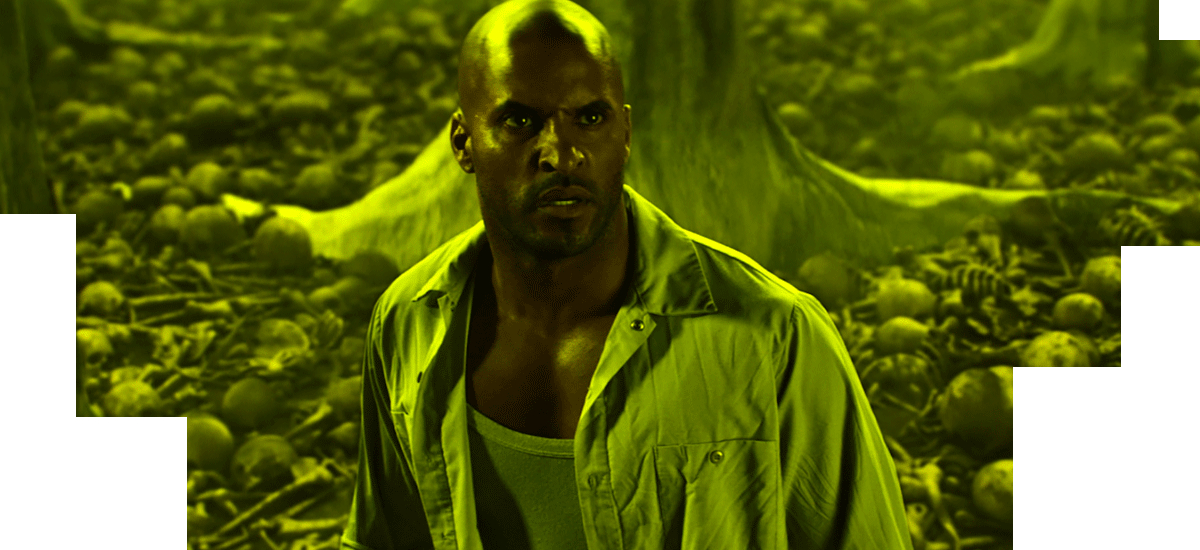
 Which, if done right like in The Wire or True Detective can make some wonderful TV. But, if done not so right can make for some confusing TV, like I experienced with the first episode of the Starz series American Gods.
Which, if done right like in The Wire or True Detective can make some wonderful TV. But, if done not so right can make for some confusing TV, like I experienced with the first episode of the Starz series American Gods.
